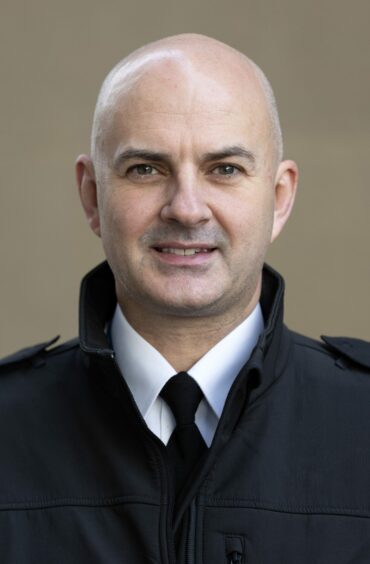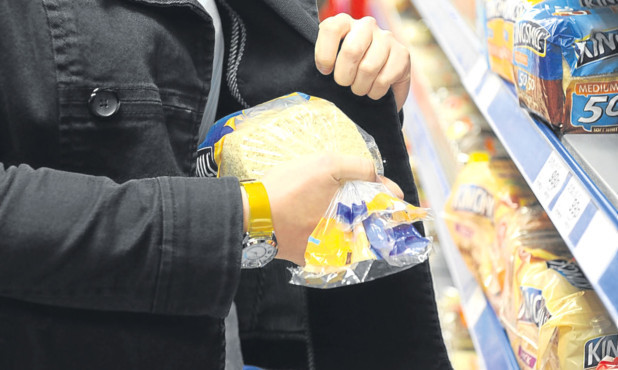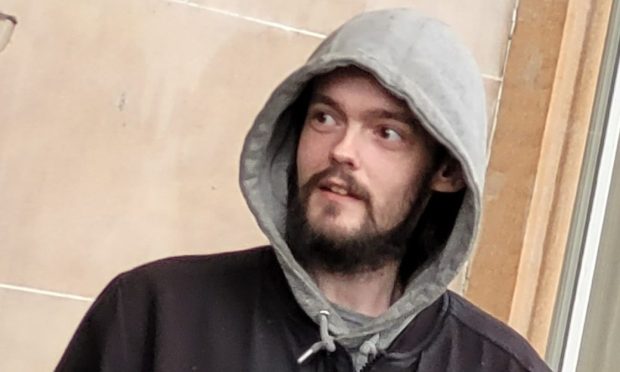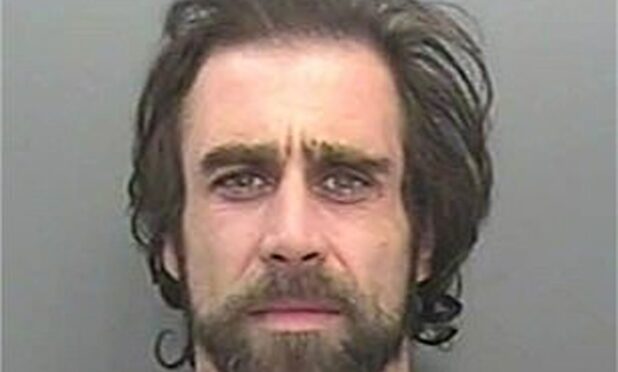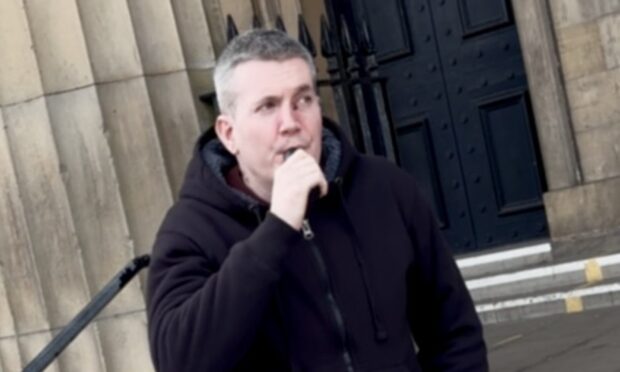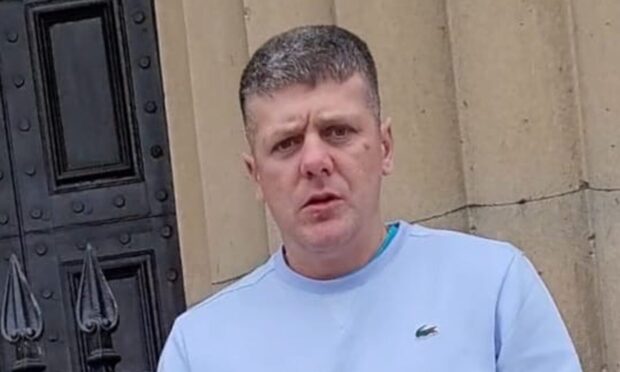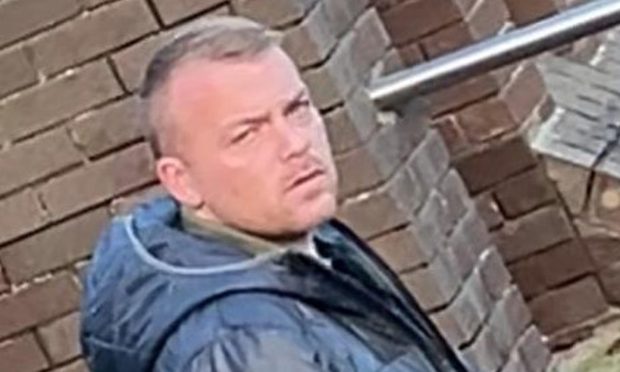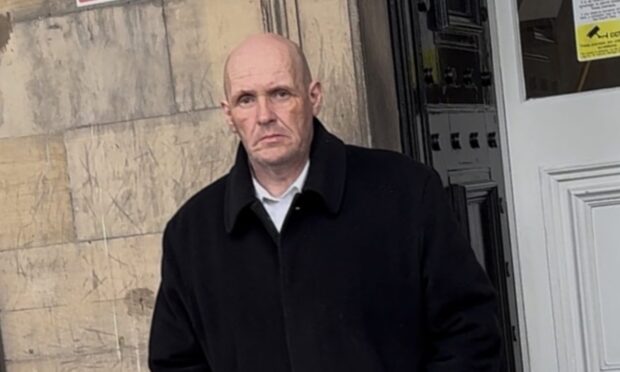The cost of living crisis is fuelling a surge in thefts and car crimes across Tayside, police chiefs have warned.
Shoplifting cases have increased by half in the last year, while officers are battling a 40% growth in frauds and cyberscams.
In an exclusive interview, the region’s top cop Chief Superintendent Phil Davison says he is worried that those impacted by the ongoing financial emergency could become more open to organised crime gangs.
And he revealed “hard choices” lie ahead for Police Scotland, as the crisis puts extra strain on already under pressure vital resources and services.
Vulnerable becoming more susceptible
Police Scotland’s latest quarterly report shows a near 30% rise in all acquisitive crime throughout the country.
In Tayside, there were 2,507 recorded common thefts and shopliftings, compared to 1,794 the year before.
Vehicle crime, such as drive-offs and fuel theft, has risen from 537 to 693, an increase of nearly a quarter.
Divisional Commander Davison said: “I think historically, whenever there has been a cost of living challenge, linked with inflation or recession, there is an impact on crime.
“There are increases in crimes in certain categories where people find themselves financially challenged.
“For example, theft by shoplifting, or theft of fuel and drive-offs, is largely driven by individual needs.
“But it is the wider impact of cost-of-living that worries me.”
He said: “Those who become vulnerable as a result of these challenges will become more susceptible to organised crime, and more likely to become victims of fraud.”
He said: “Saying that the crisis is a driver for a rise in inquisitive crime alone is inaccurate, although it is certainly a factor and there are many factors that drive crime.”
The quarterly report highlights that the digital world is an “increasing risk area” and states: “Increased digitalisation will influence how criminals seek to operate during the cost of living situation”.
In Tayside, there were 762 cases of fraud in the last 12 months, compared to 548 the year before.
Chief Supt Davison, who said demand on policing had returned from pre-Covid levels, believes a multi-partner approach was key to addressing these challenges.
‘Hard choices’ ahead
As well as impacting crime stats, the cost of living crisis is creating new challenges for police chiefs tackling already stretched resources and budgets.
In its annual report, Police Scotland states: “Current levels of inflation cannot be managed within the current budget allocation.
“The most significant revenue impact is in utilities, fuel, supplies and services.”
“The reality is that the cost of living affects policing in the same way that it affects everybody else,” said Chief Supt Davison.
“For us, some hard choices lie ahead.
“We need to prioritise and focus to ensure that we are able to effectively police within the revenue and capital budgets we are given.
“We have a pretty good track record on being able to do that.”
He said: “We need to make those hard choices against what we understand the priorities to be.
“Where we see crime trends, changes and public concerns, that’s the areas where we need to focus on.
“And where we need to save money and become a bit more efficient, it has to be in areas that are less than priority.”
Chief Supt Davison insisted that, despite rising fuel costs, there would not be a reduced level of police patrols and cars on the streets.
“We accept and acknowledge that we will have to spend on fuel, because that is where our priorities are.
“We need to be out there and need to be visible.”
Despite these ongoing challenges, Police Scotland appears to be scoring highly with locals.
A public confidence survey showed that 88% of people living in Tayside felt safe – one of the highest results in Scotland.
Chief Supt Davison said: “This last year has been a really busy and demanding period for Police Scotland, so to come through that with a broadly positive performance is certainly satisfying from my point of view.”

